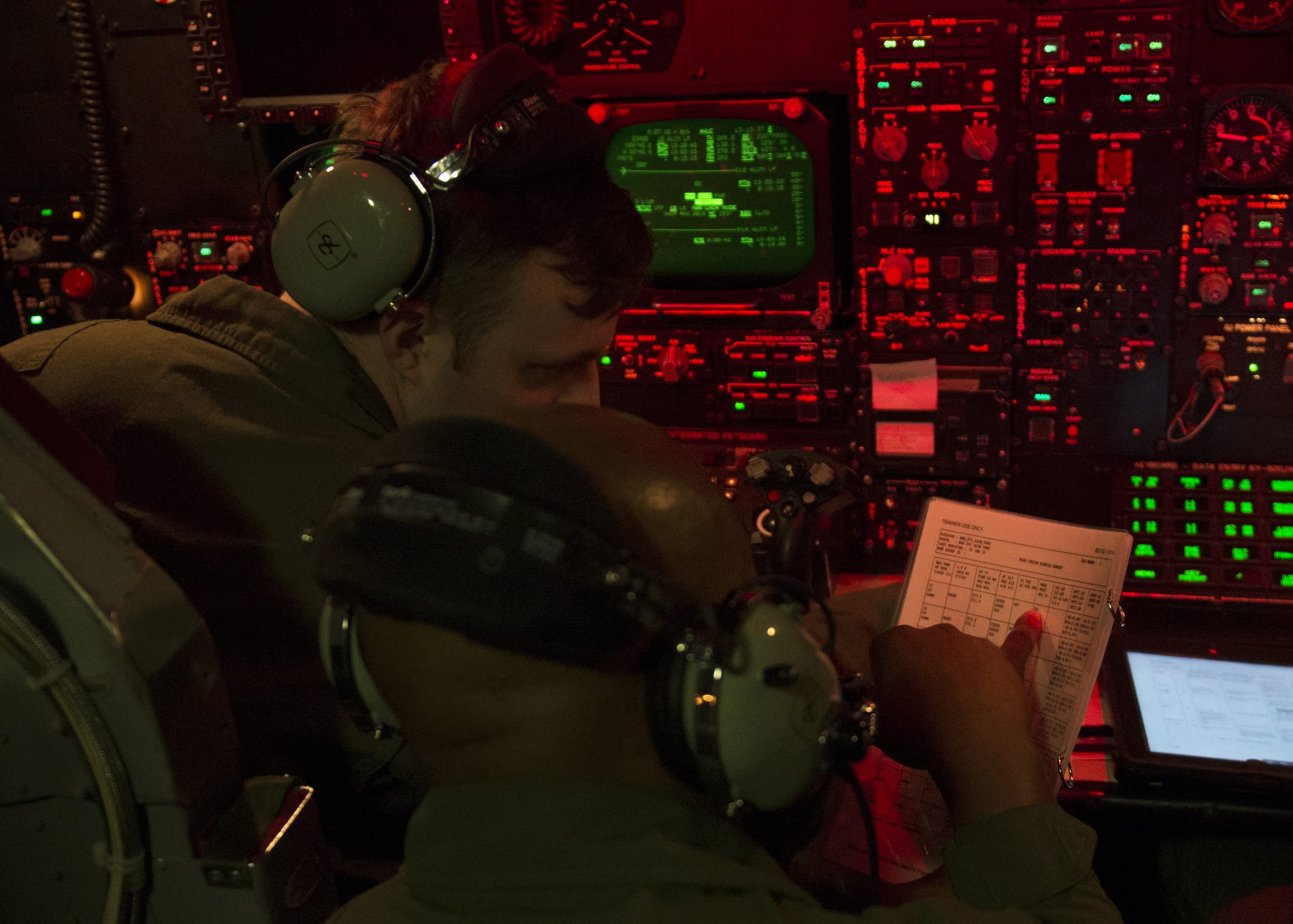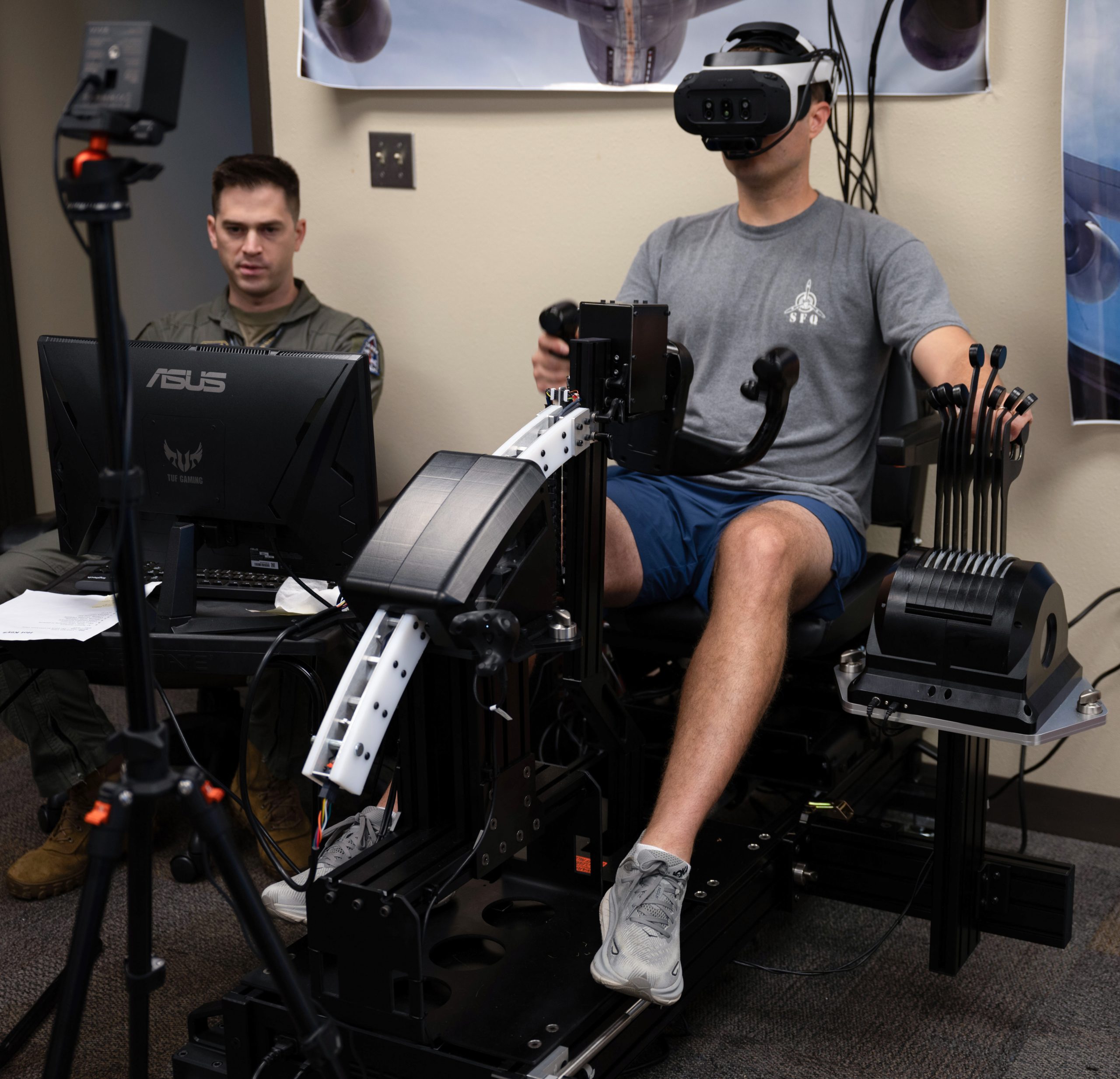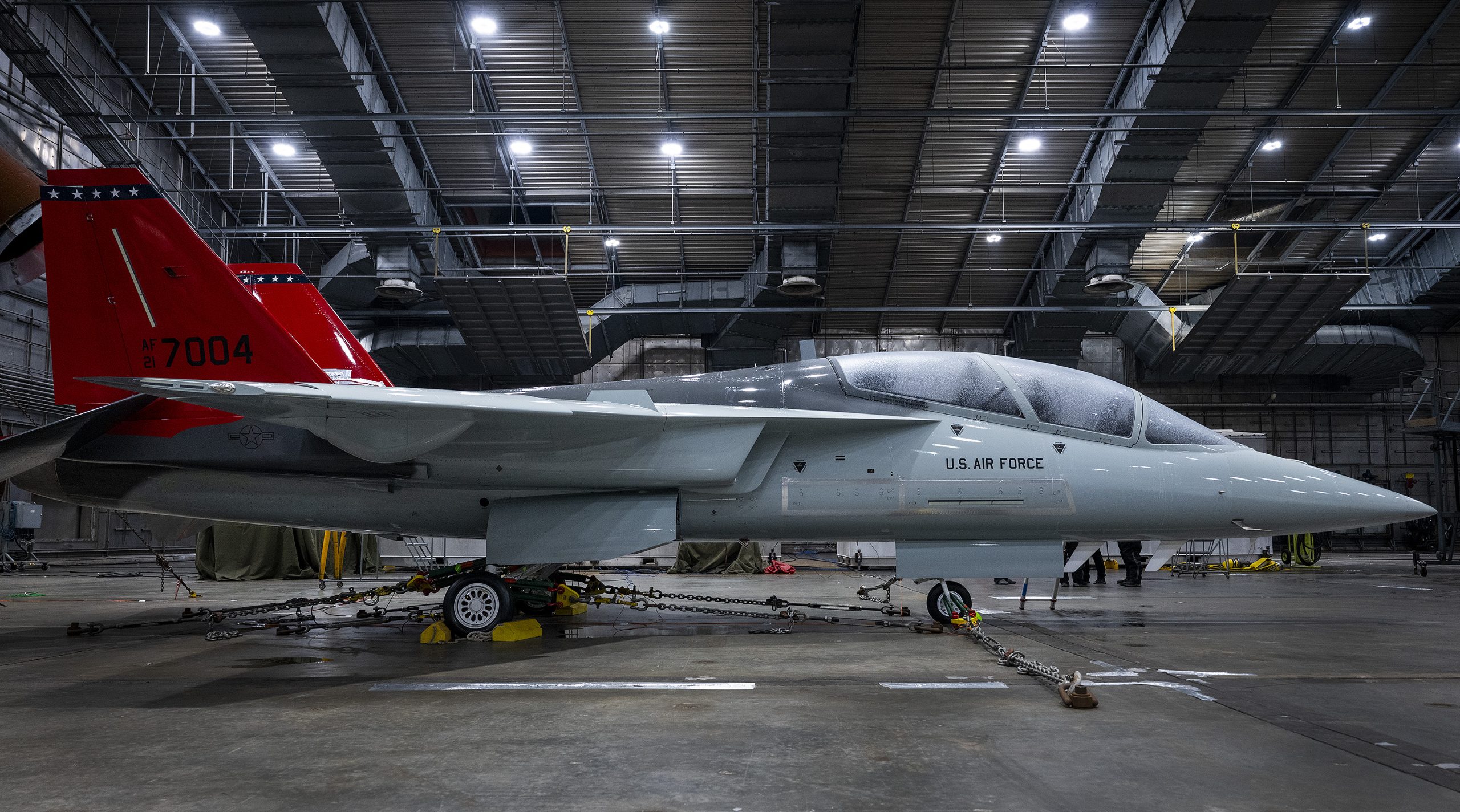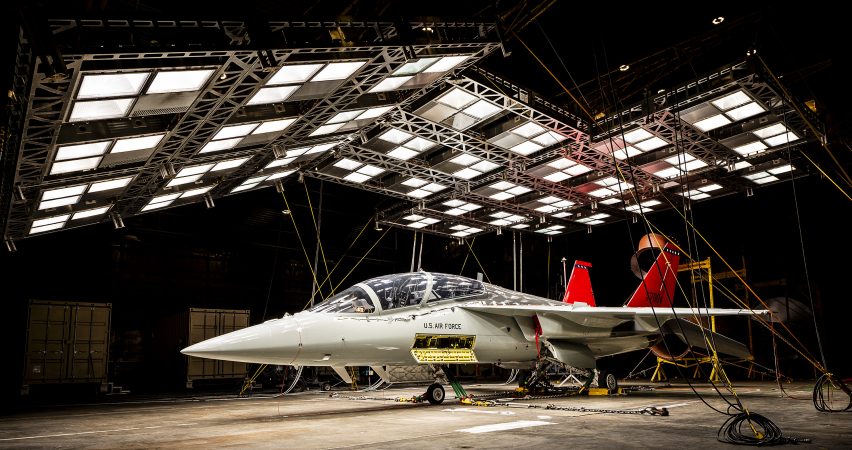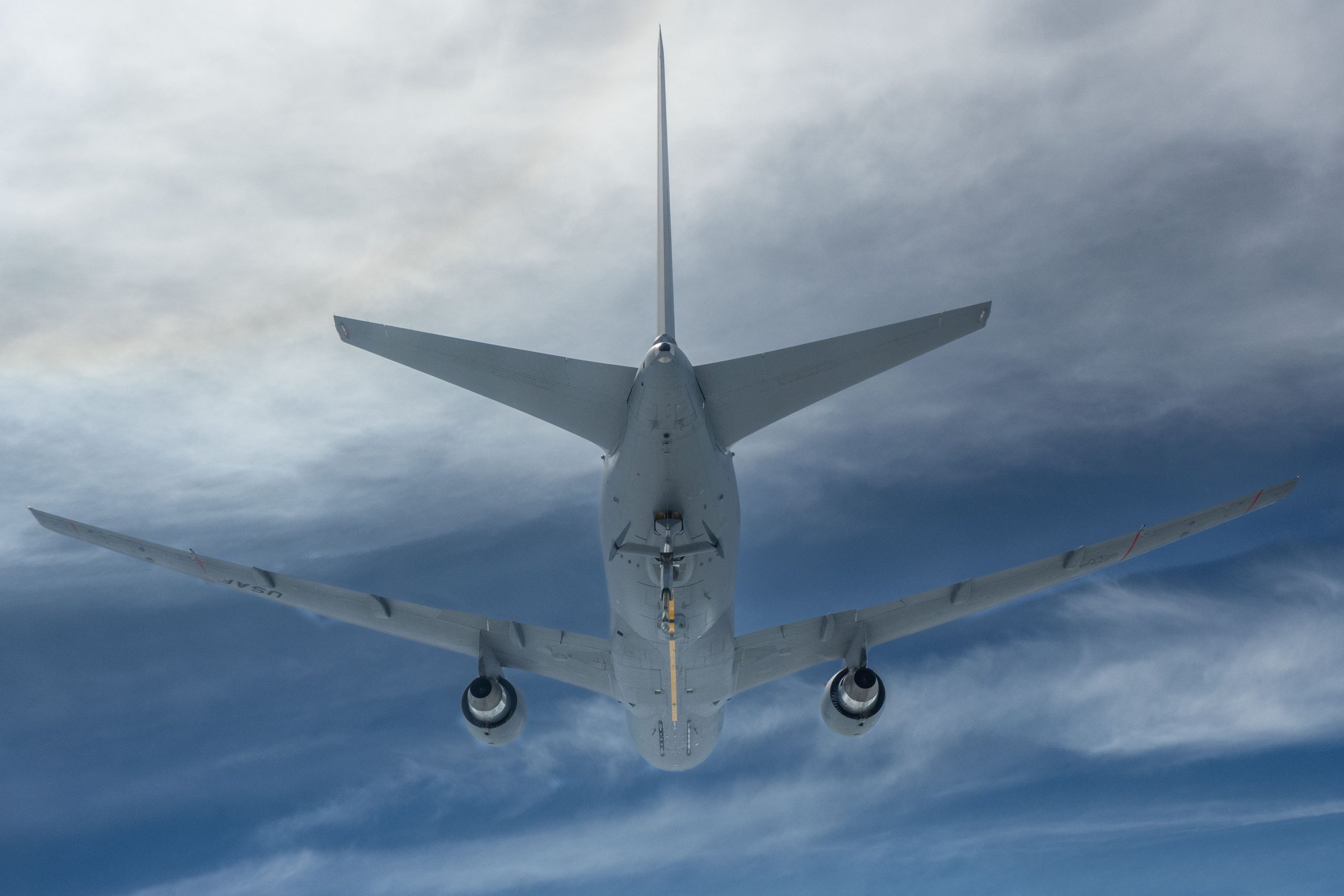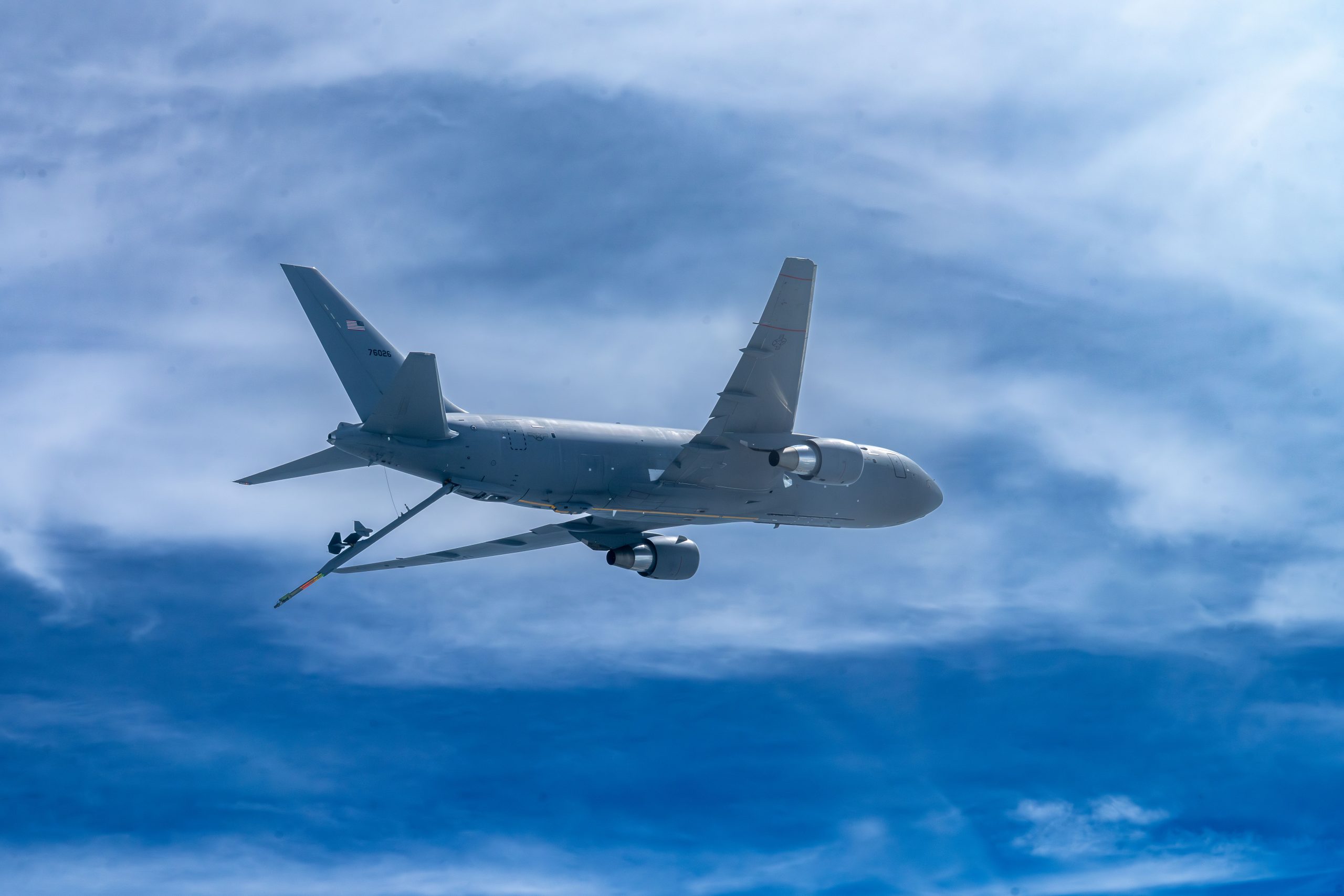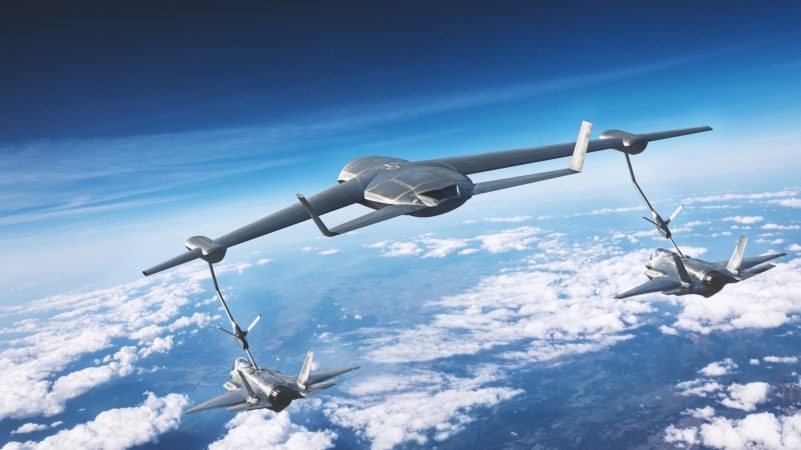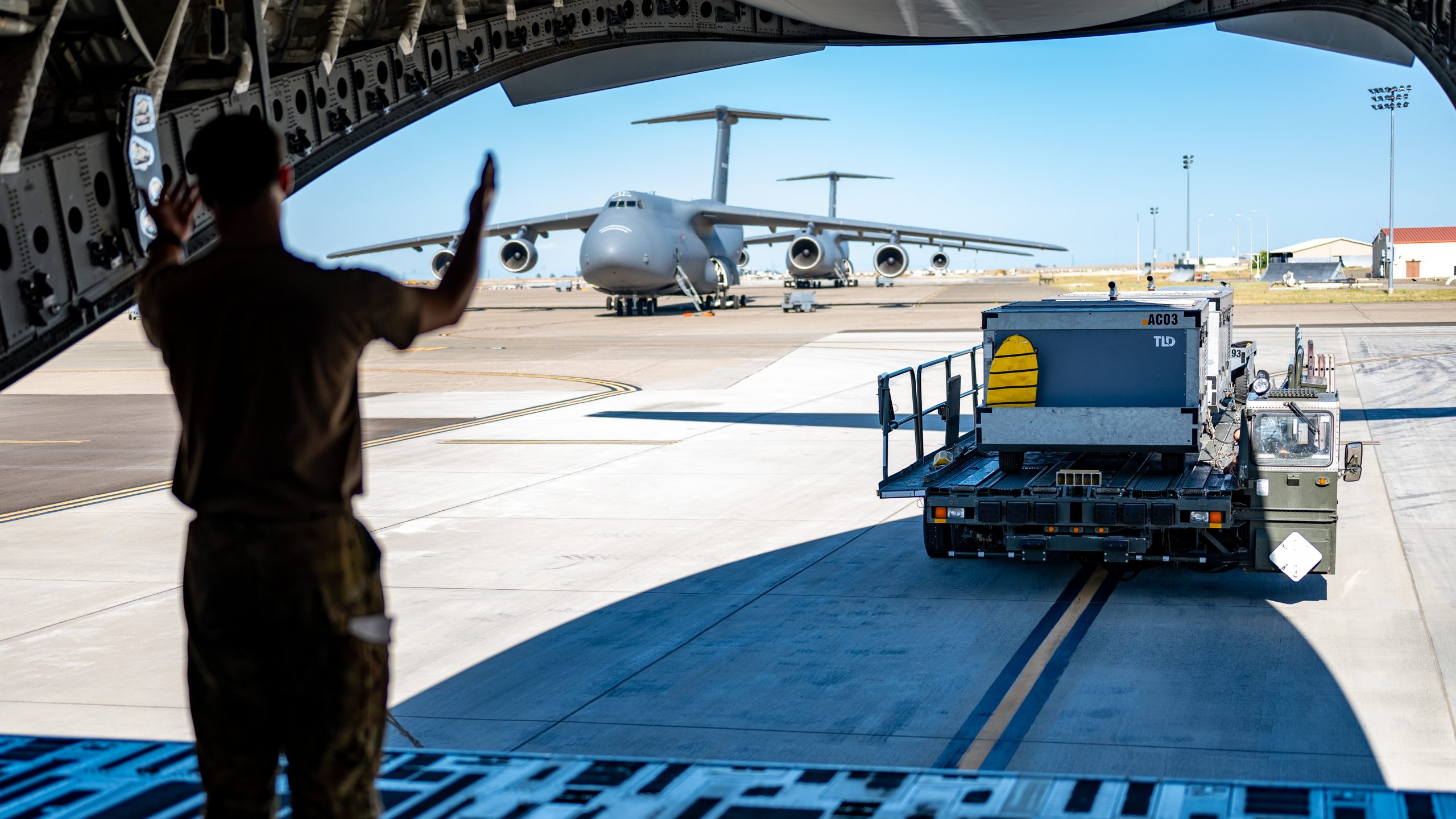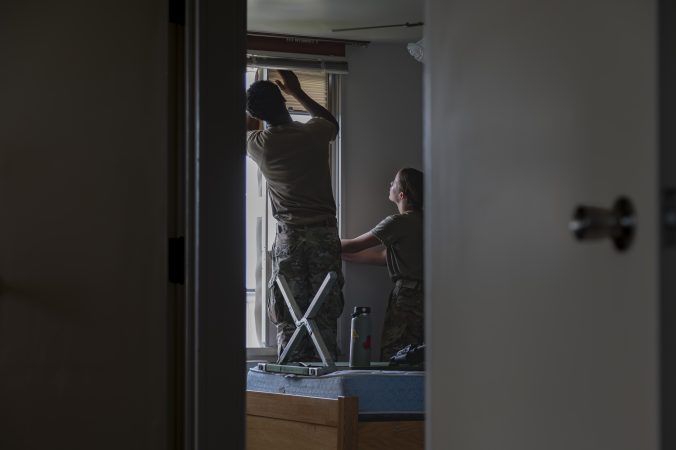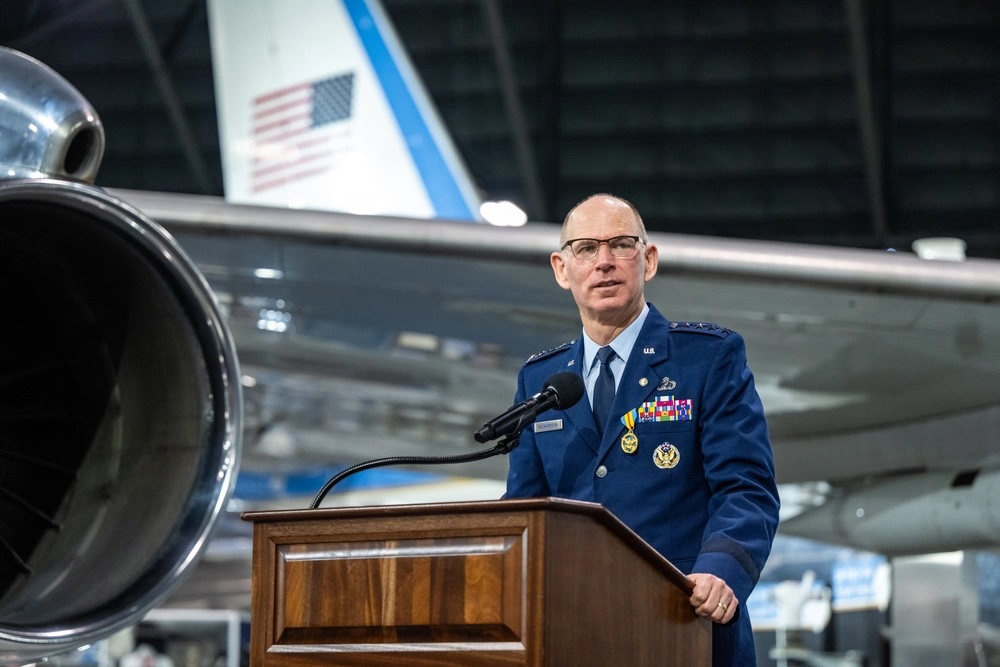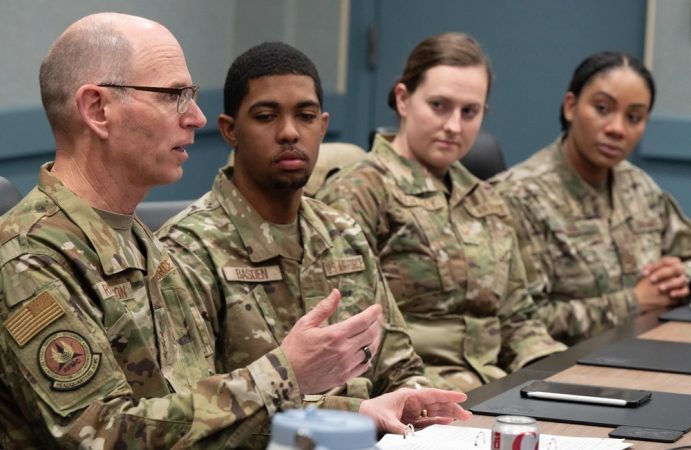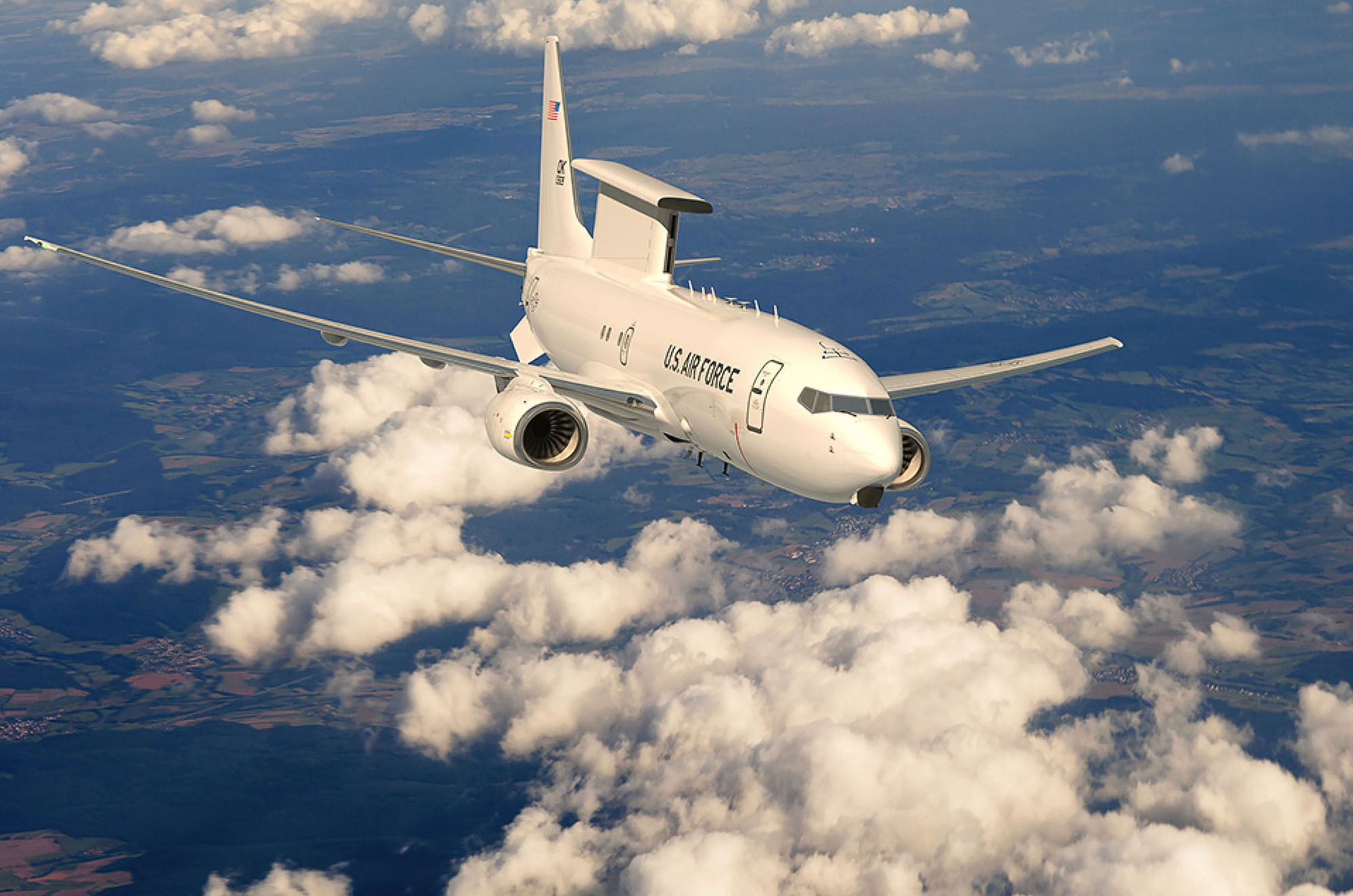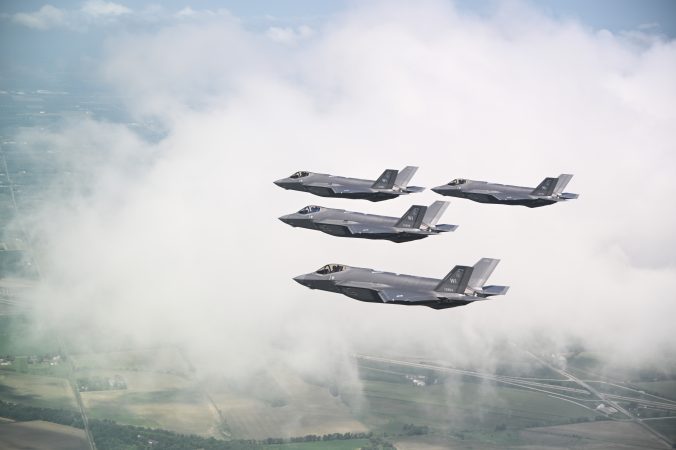A new drone concept featuring folding props has won out for an experimental new aircraft program run by DARPA.
A Bell Textron drone design prevailed over a competing fan-in-wing offering from Boeing’s Aurora Flight Sciences unit for DARPA’s Speed and Runway-Independent Technologies (SPRINT) project, Bell announced July 9. The X-Plane will demonstrate its capabilities for special operations forces, while also offering the characteristics the Air Force seeks for its Agile Combat Employment model of force dispersion.
The downselect begins Phase 2 of the program, which covers completion of the design, fabrication, ground-testing and certification of the drone, which has not yet been given an X-designation by DARPA.
Flight testing could begin as soon as 2027 or 2028, and DARPA’s fiscal year 2026 budget request includes just over $55 million for the SPRINT project.
The goal of the program is to create an X-plane drone “with the ability to cruise at speeds from 400 to 450 knots at relevant altitudes and hover in austere environments from unprepared surfaces,” DARPA says.
Phase 1A of SPRINT began in late 2023 with several competitors, including Northrop Grumman and Piasecki Aircraft Corp. Aurora’s and Bell’s designs were chosen to move forward into Phase 1B in May, 2024. At that time, a first flight was forecast within 36 months. DARPA had also suggested that two contractors might be continued into Phase 2, but has decided to continue with just the Bell concept.
“In Phase 1A and 1B, Bell completed conceptual and preliminary design efforts for the SPRINT X-plane. Phase 2 includes detailed design and build culminating in flight test during Phase 3,” the company said.
The company demonstrated the entire sequence of rotor operation, rotor feathering, rotor folding, and transition to jet thrust on the Holloman Air Force Base High Speed Test Track. Other risk reduction activities included wind tunnel testing at the National Institute for Aviation Research at Wichita State University, Kans., the company said.
Maj. Gen. Joseph Kunkel, the director of force design, integration, and wargaming at Air Force Futures, said at an event at AFA’s Mitchell Institute for Aerospace Studies in May that his shop is looking hard at uncrewed aircraft that don’t need a runway to flesh out the Agile Combat Employment model. Under ACE, the Air Force expects to spread its forces across a wide number of bases and austere locations, thereby reducing their vulnerability to precision missile strikes. The concept calls for forces to operate briefly from a location, then likely move to another in order to complicate enemy targeting.
While some portion of the fleet will have to use runways, having aircraft able to take off and land vertically “is something we need to look at” in future iterations of the Collaborative Combat Aircraft program, he said.
“There’s something to a shorter takeoff length,” Kunkel said. “We’ve got to figure out what that takes, because, generally, when you do a vertical takeof … you decrease the payload, you decrease the range. And so there’s a balance that we need to strike.”
Industry sources said they expect the Air Force to pursue uncrewed vertical takeoff and landing aircraft for logistical support of ACE operating locations, as well as for airbase defense and other missions. However, SPRINT does not have an official connection to the Air Force.
Bell is also developing the V-280/MV-75 Valor next-generation assault rotorcraft for the Army; a tiltrotor which is intended to replace the UH-60 Black Hawk series under the Future Long-Range Assault Aircraft program. The company is also eyeing the Navy’s Future Vertical Lift program, which it believes could be addressed by a marinized Valor tiltrotor paired with V-247 drones, capable of carrying 1,000 pounds each at more than 300 knots.
The company “has a rich history of breaking barriers and high-speed vertical lift technology development, pioneering innovative VTOL configurations like the X-14, X-22, XV-3 and XV-15 for NASA, the U.S. Army and U.S. Air Force, and continues to build on the legacy of the Bell X-1,” Bell said in a press release.
DARPA doesn’t develop systems meant to be fielded directly, but helps incubate disruptive technologies for emerging military needs, Rob McHenry, deputy director of the organization, said on a recent Mitchell Institute event.
“DARPA’s job is to be out well ahead of … something we can define to the level of specificity” that can be used to create a requirement, he said.
He also cautioned that not all DARPA programs lead to a military application.
“We are constantly curating our portfolio,” McHenry said. “DARPA is not a place where, once you launched a program, that program is safe to completion. We are constantly reevaluating … what are the maximally disruptive investments that we can make, with the resources that we’re entrusted with.”
A spokesperson for Aurora said that the company “is proud of the advancements we made through SPRINT.”
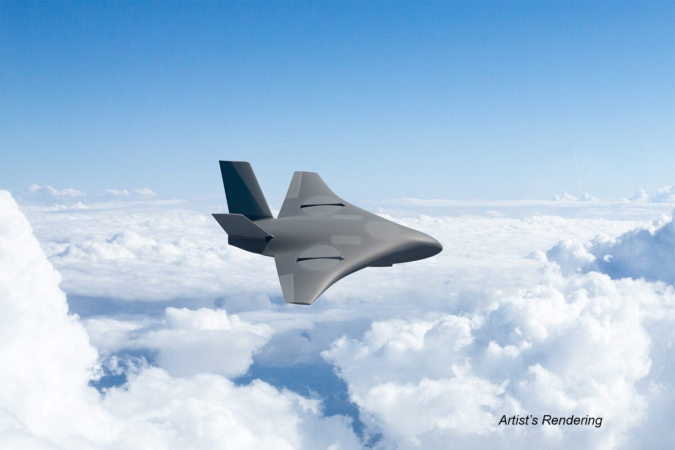
Aurora “designed a high lift, low drag, fan-in-wing X-plane to enable a transformational combination of aircraft speed and runway independence. Testing conducted during Phase 1 of the SPRINT program validated the feasibility of the design and analytical estimates of aircraft performance.”
While the “specific opportunities” for such an aircraft “are still developing, we do think fan-in-wing technology will be applicable to future high-speed vertical lift platforms and we are looking forward to what’s next,” the spokesperson said.

